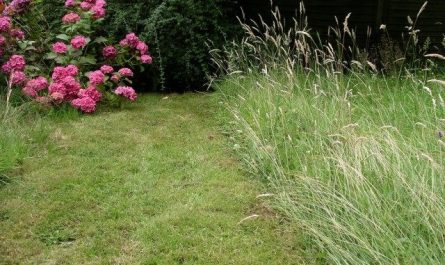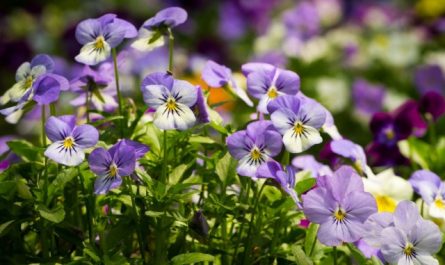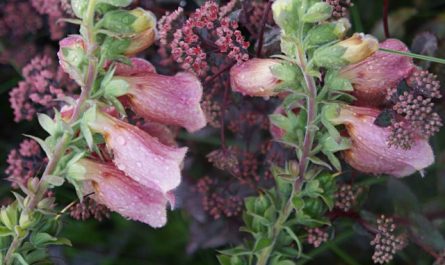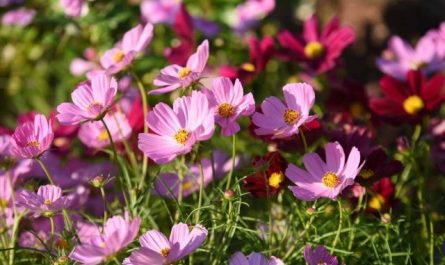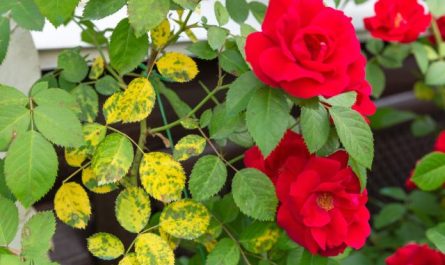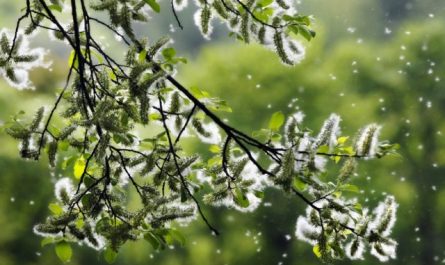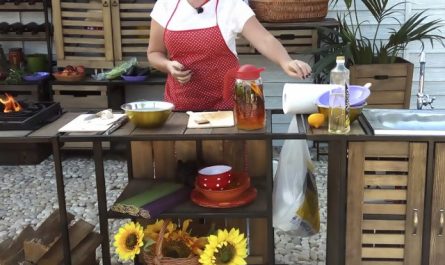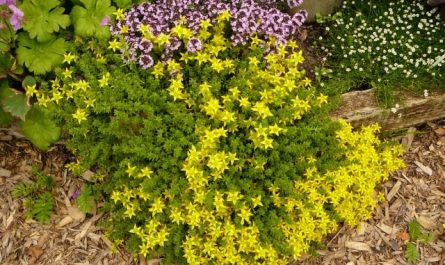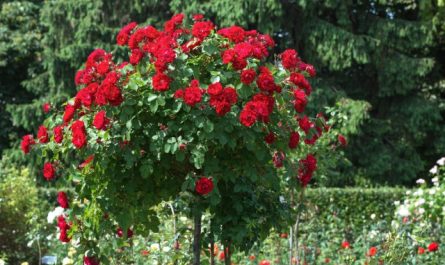Anyone who has ever chopped down an alder has seen how, after cutting through the dark-grey smooth bark, the axe blade reveals its reddish-orange bast, which immediately changes colour to brown-brown, and then to dark purple. Alder wood is also distinguished by this property. Freshly chopped, it is white, after a few moments it begins to turn red, and when it dries, it acquires a delicate pink colour. But the ability to change the colour of the wood is only one of many interesting features of alder, called black (the bark of old trees is dark) or sticky (young buds, shoots and leaves are sticky).

No other species forms such dense, dark and even unsafe for people plantations. It is not easy to admire the beauty of the alder here. Completely overgrown with thick tall grass, among which there are evil nettles and touch-me-nots shooting seeds, the gloomy alder grove conceals treacherous areas of deep quagmire. Here you just have to watch your step and manage to fight off annoying mosquitoes.
And the alder has raised its slender column-trunk high, almost 30 meters, which is crowned by a small greenish shiny crown, barely audibly rustling with a distant peak. Only in late autumn does the alder shed its attire, and what is remarkable is that the leaves fall completely green. In the alder grove, only a birch or spruce is an occasional guest, and bird cherry and viburnum always remain on the edge.
In general, the picture is very gloomy for a person not very familiar with the forest. The forester is more optimistic. An impenetrable thicket? But a hectare of it gives up to 500 cubic meters of very valuable wood. In addition, alder is a rare soil enricher: it forms nodules on its roots with bacteria that absorb nitrogen from the air.

Alder reproduces quickly. Its stumps produce whole bouquets of fast-growing shoots, capable of growing 1,5-2 meters in the first year, and eventually reaching the size of their predecessors. However, seed reproduction predominates in alder. In early spring, the brown-brown, birch-like catkins lengthen, swell and release clouds of yellow pollen.
Caught and scattered by the wind, it pollinates the small red inflorescences of female flowers on neighboring trees. Bees also use this period, vigorously collecting alder pollen to feed the young. Fertilized flowers form small cones, which in the spring of the following year scatter into hundreds of thousands of seeds-nuts about 2 millimeters in size.
The opening of the cones coincides with the spring flood. The flood helps the alder seeds to spread over long distances. Staying well on the water, they float for a long time until they settle on the shore, where they germinate.


Types of alder
There are about 30 species of the alder genus, of which 12 grow in the territory of the former Soviet Union. Foresters consider the most “bold” among domestic species shrubby alder: it can withstand Arctic conditions, grows throughout the forest-tundra, and sometimes even in the tundra.
You can’t deny the courage and bearded alder, who inhabited the most swampy and deadly places of swampy Colchis. And Nepalese alder is very unpretentious. It generously populated the rocky slopes of the Eastern Himalayas. The most valuable species in our country is still considered to be black alder, widespread almost everywhere in the European part of Russia and often extending beyond the Urals up to the Yenisei. Its beautiful, pinkish wood with a silky sheen is easy to process and very effective when polished. It is especially willingly used for making musical instruments and hollowed-out utensils. Charcoal from black alder wood is used for drawing and equipping chemical protection equipment.

Both black and other species and forms of alder are planted in parks near rivers, lakes, and ponds due to their decorative qualities. It remains to add that alder fruits are the favorite food of siskins and redpolls.
So, we got acquainted with an interesting tree, about which foresters often say: “almost a chameleon.”
Material used: S. I. Ivchenko – Book about trees
